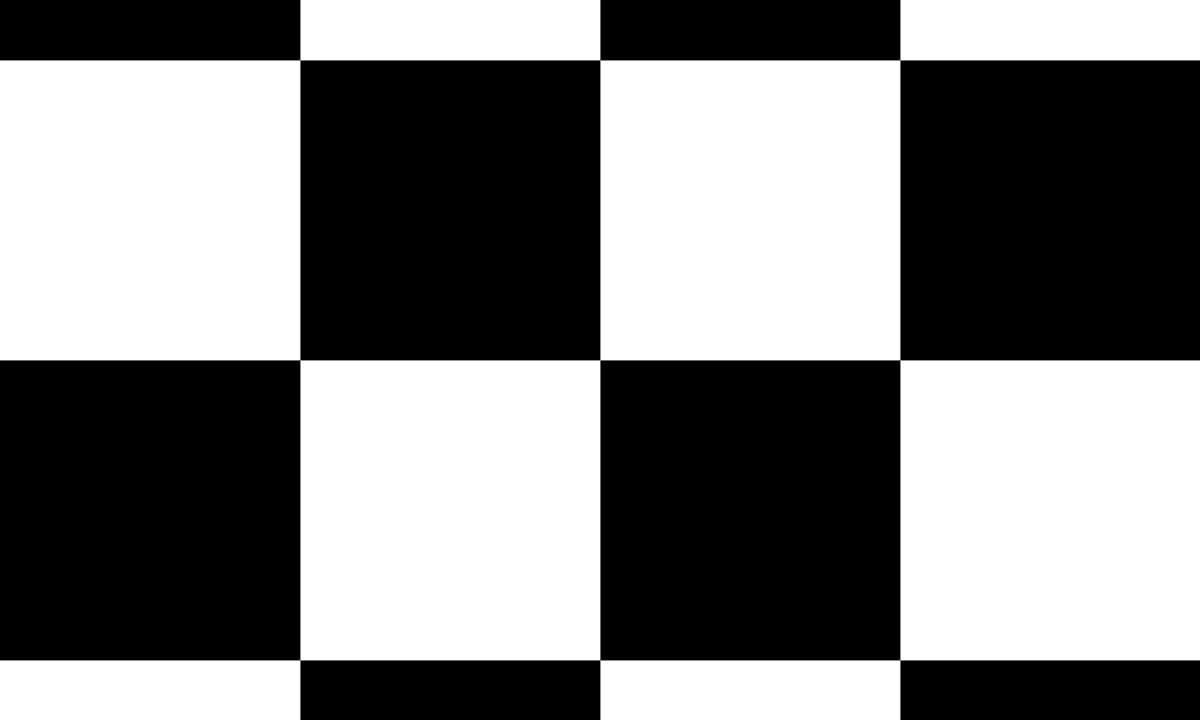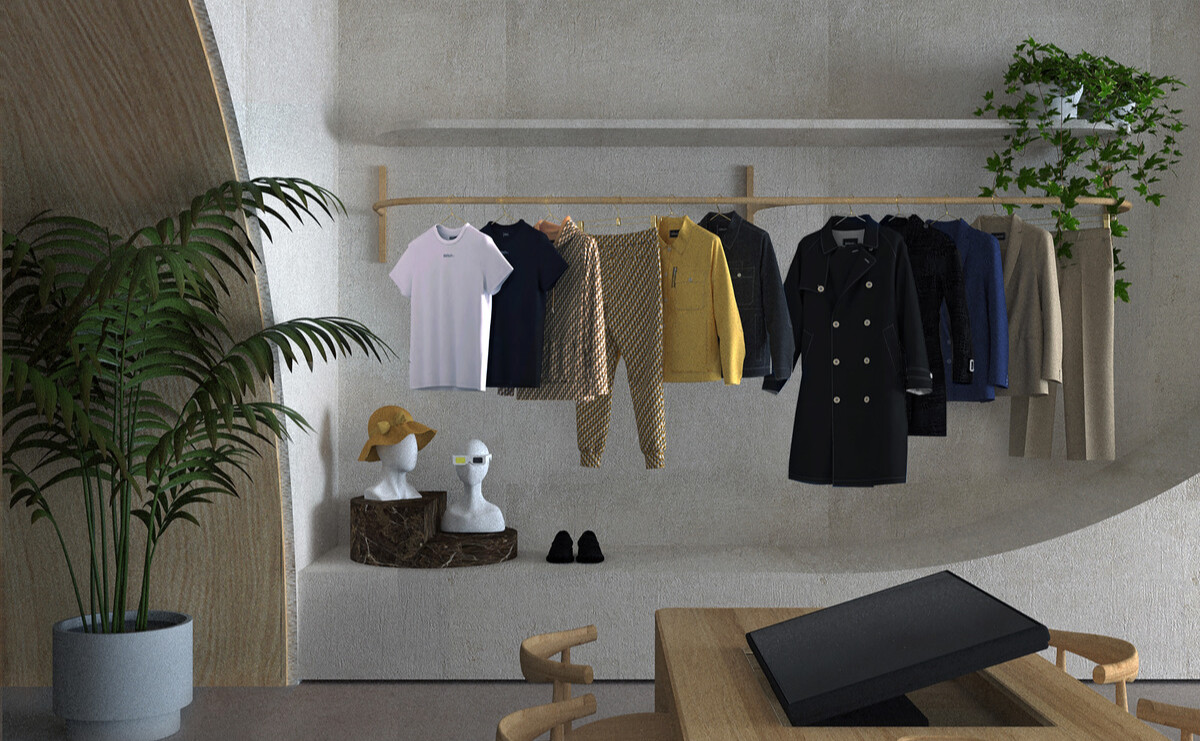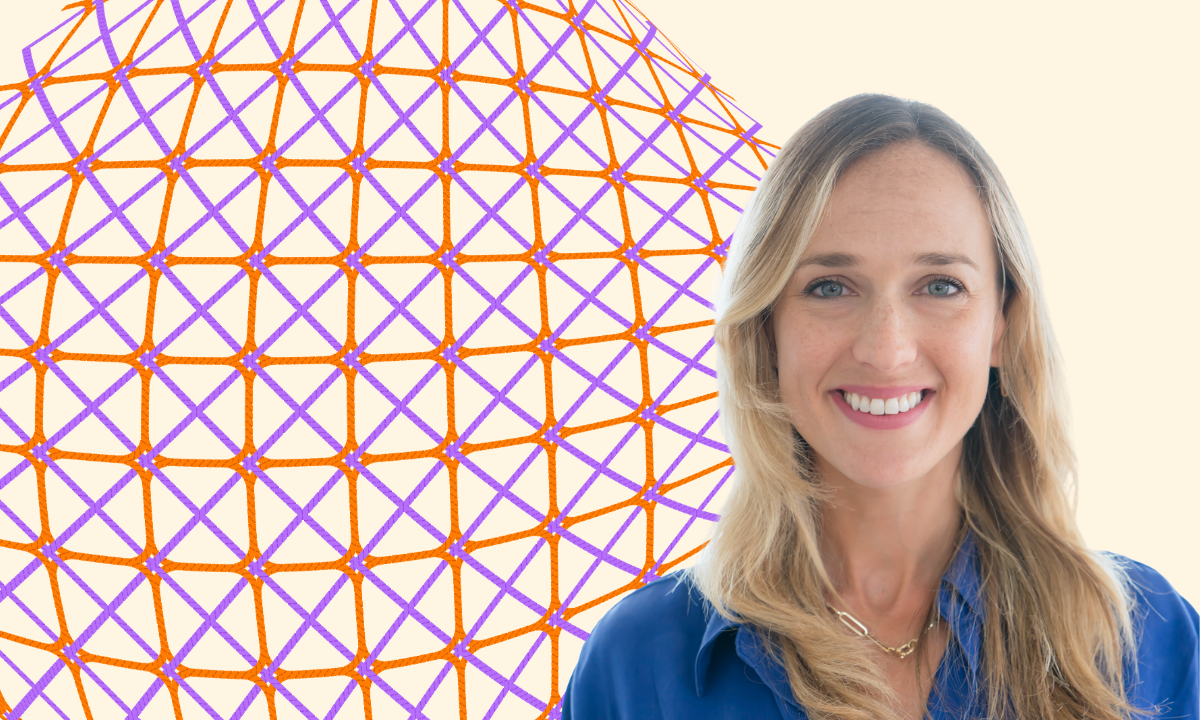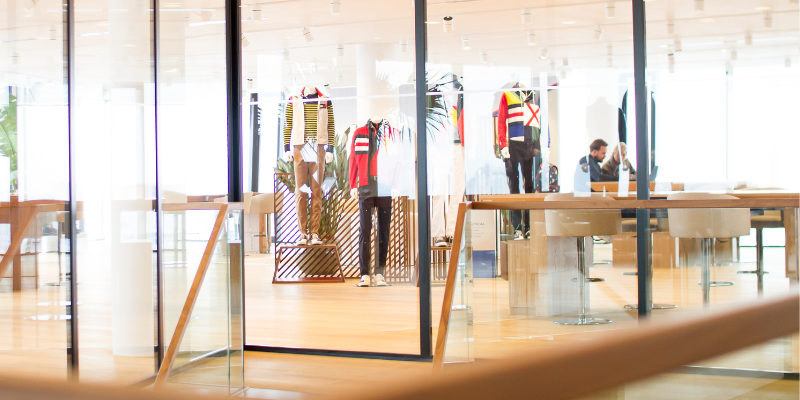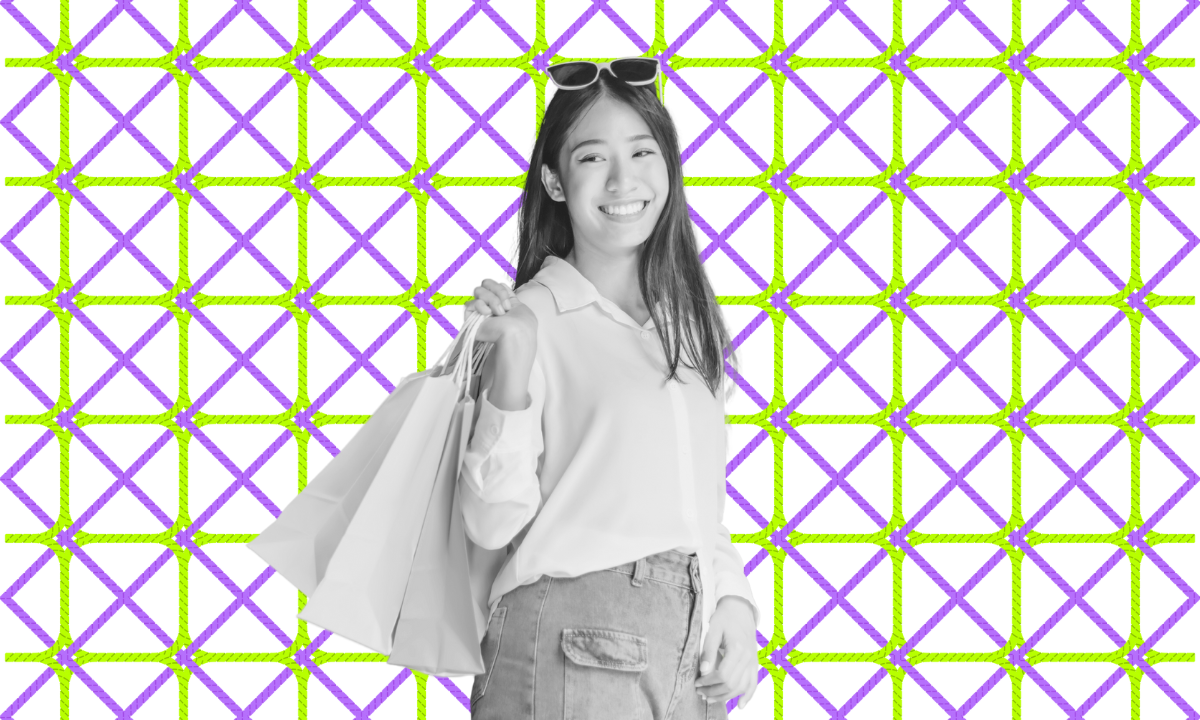Design and product creation teams are increasingly becoming experts in 3D fashion and digitising their processes between brands and suppliers. This is bringing brands value in the form of prototype reductions and increased speed.
At the same time, the impact that 3D collections can have on a brand goes way beyond design and development. When collections are created in 3D:
-
Merchandisers can make assortment decisions much earlier, in a visual way, without needing to wait for physical prototypes.
-
Marketing teams can create even more engaging assets and product stories.
-
Sales teams can elevate the selling experience through highly engaging content without relying on sample arrival.
The question is: how can brands unlock this potential?
We brought this topic up during the webinar "3D Beyond Design" with the digital transformation experts Lara Paulino Pereira, Fayette Van Dijck and Christine Lindeloo. You can watch the entire session by clicking the link below, or continue reading this article where we explore a few of the main ideas.
.png?width=301&height=169&name=Webinar%20Invite%20-%203D%20Beyond%20Design%20(1).png)
"3D Beyond Design" Webinar
Watch it now.
During the pandemic, 3D has gained a lot of momentum in the fashion industry, with some brands reporting that up to 70% of their collections were designed in 3D. (1) While the benefits of digitization are clear, there are still challenges to overcome in order to fully realize the potential of 3D in fashion, especially for go-to-market teams.
Giving Time Back to Designers
One of the biggest advantages of designing in 3D is the reduction in time from sketch to market and the avoidance of waste with unnecessary prototypes and long approval stages. This can give designers more time to explore their creativity and put more quality and time into their designs. With more time, designers could experiment more.
“The transition towards working in 3D is something that takes time. Eventually, the time that you save is something that organically will change in within your calendar,” says Fayette. “There are many new technologies and these will keep evolving, so I'm sure there will be more time for research and development, learning new tools experimenting with new softwares” she adds.
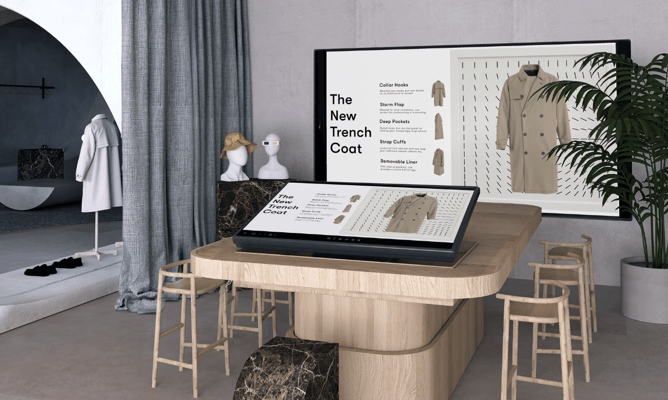
Collaboration between fashion teams
If designing in 3D reduces time from sketch to market and avoids waste with unnecessary prototypes and long approval stages, which benefits follow in the fashion go-to-market teams? 3D assets are an innovative and flexible solution to have your collection ready to market and engage the customer in new ways, so it is a very useful tool for merchandising, marketing and sales teams as well.
3D design can bring teams closer together, facilitating communication and collaboration. The 3D asset can circulate faster from design to sales, and be used to tell a stronger story about the collection. “The creative inspiration that a designer uses at the start of the collection lands immediately with go-to-market teams this way, and the ideas don't get lost” says Lara.
Christine mentions that there is real potential for 3D to help the buyer better understand the product: “the 3D rendering will need to be further perfected and much closer to the reality of a physical sample. But eventually you can interact with the product in 3D, zoom in, dive inside, see the details. It offers a lot of potential, better even than a 2D photograph or detail shots.”
What about your customers?
But how does the buyer feel about using 3D during sales appointment? Customers are asking which is more true to reality: the photograph or the 3D render? While 3D renders are already quite impressive, they still need to be further perfected. And, no, they will not replace the physical samples, but help to make smarter choices about which samples to produce, reducing costs, time and waste in the process.
There is real potential for 3D to help buyers better understand the product. Eventually, with 3D, customers can interact with the product, zoom in, dive inside, and see the details, offering a lot of potential, better than a 2D photograph or detail shots. However, there is still a long way to go for the fashion industry to fully embrace 3D design. Some brands are leading the journey, creating opportunities for better practices. Collaboration and change management are at the basis of these processes, paving the road for technology to enhance the fashion experience for everyone, from designers to end-consumers.
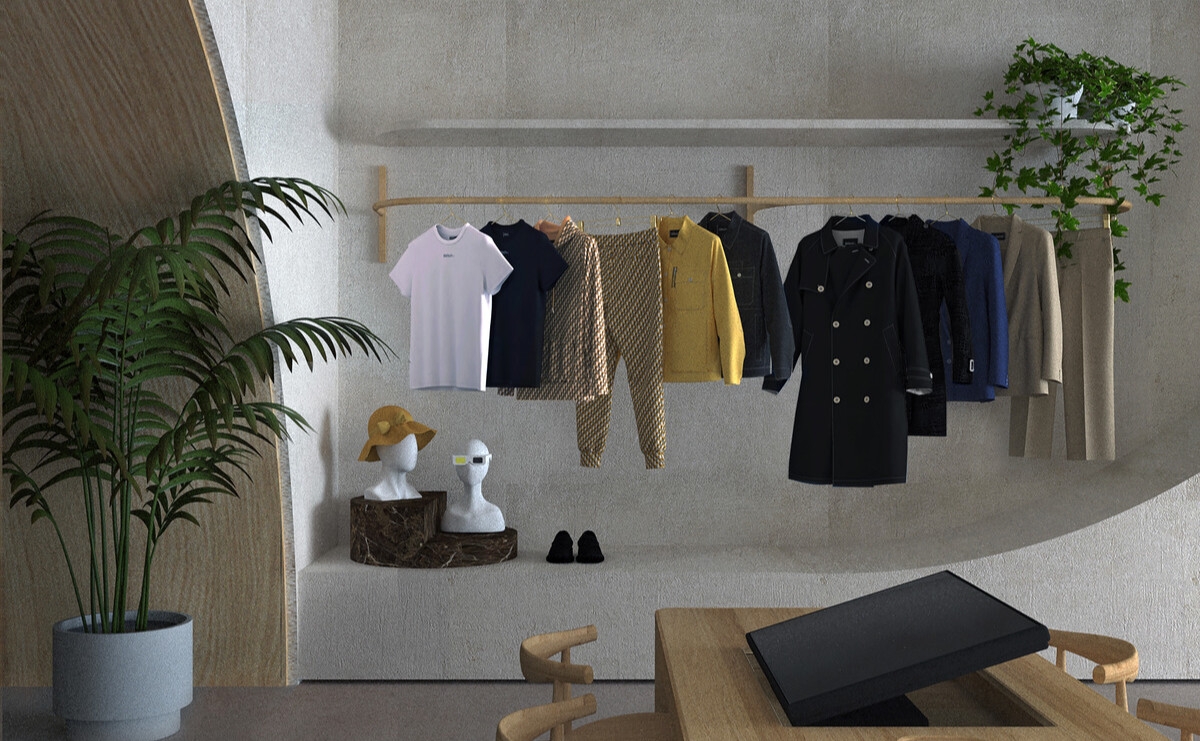
This conversation was part of a webinar hosted by Stitch about how fashion teams can make the best while working with 3D. You can watch the entire session here.

